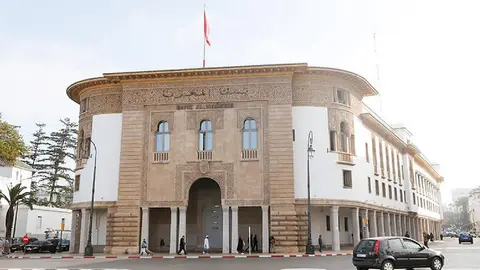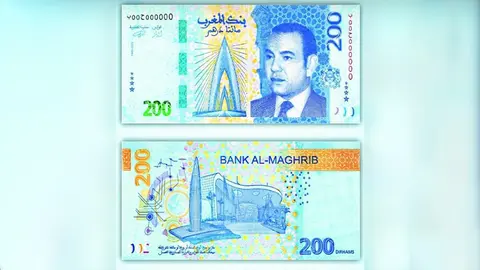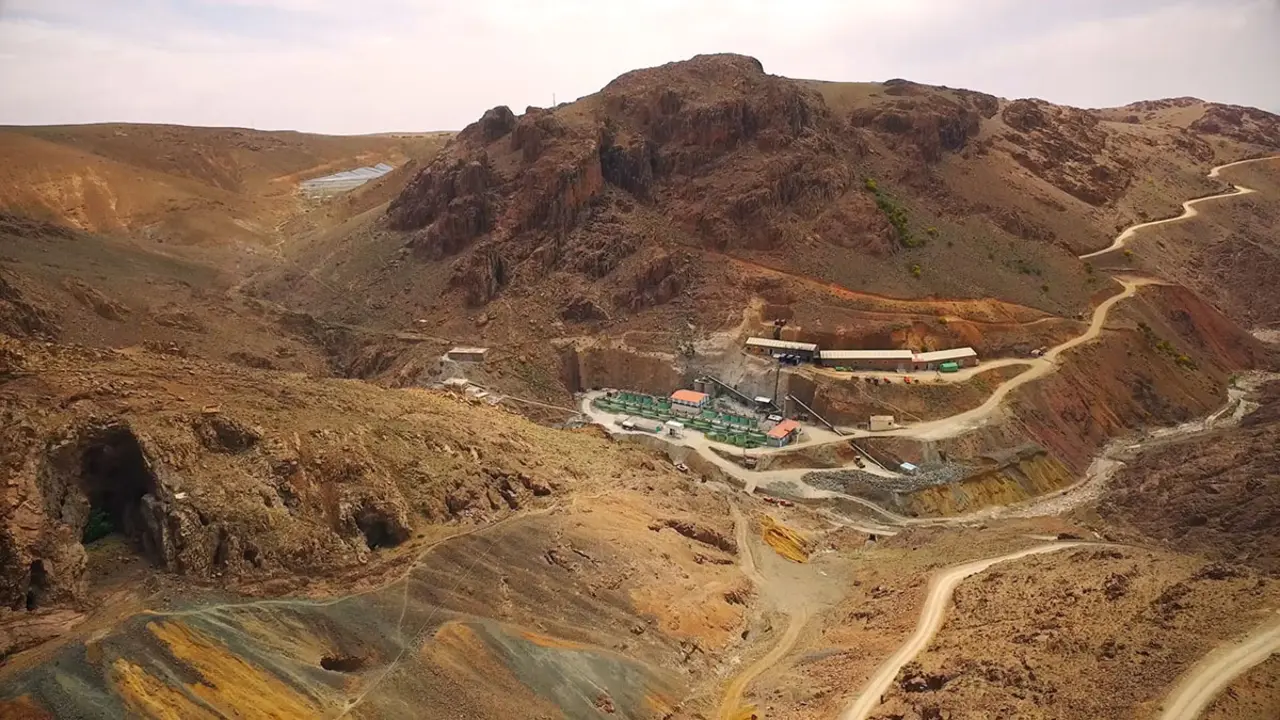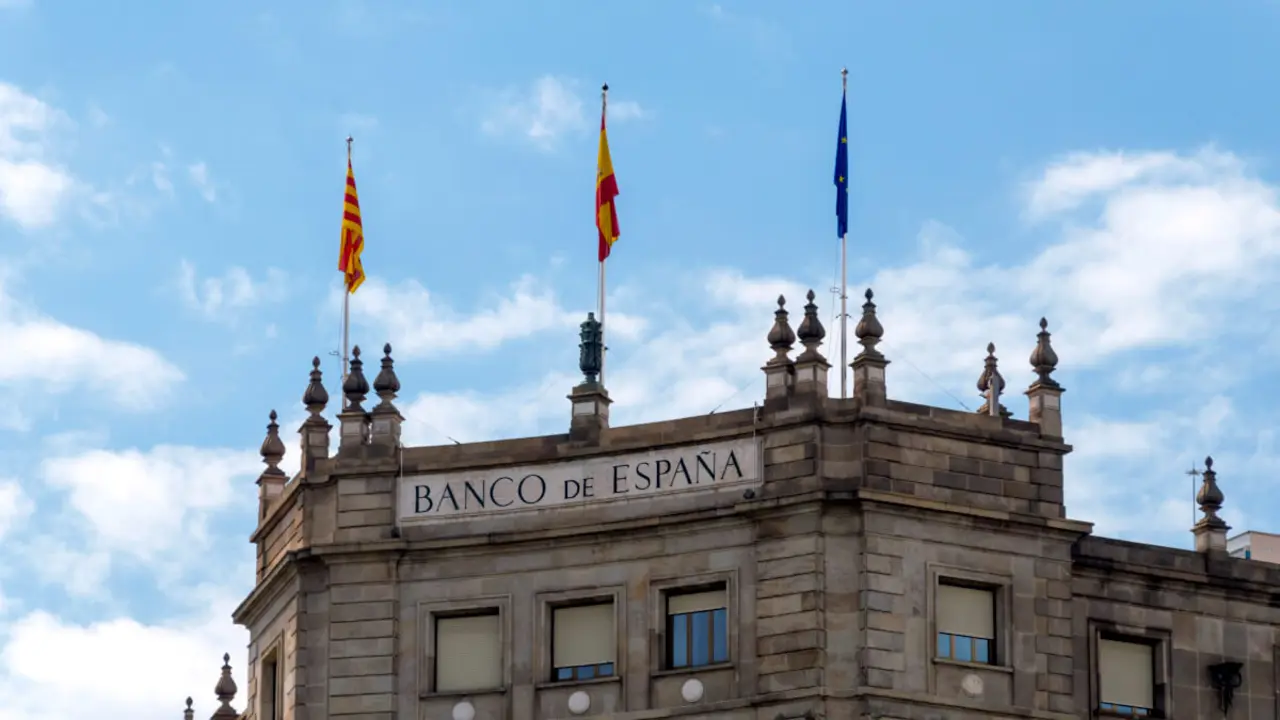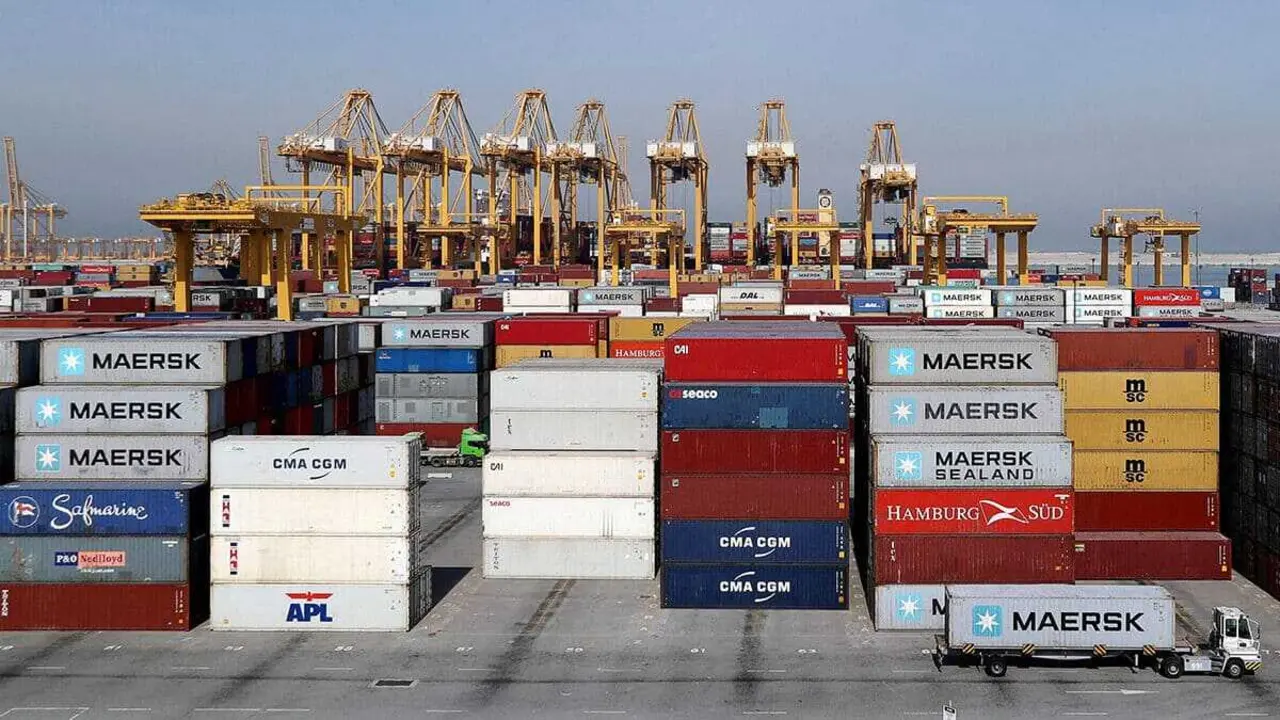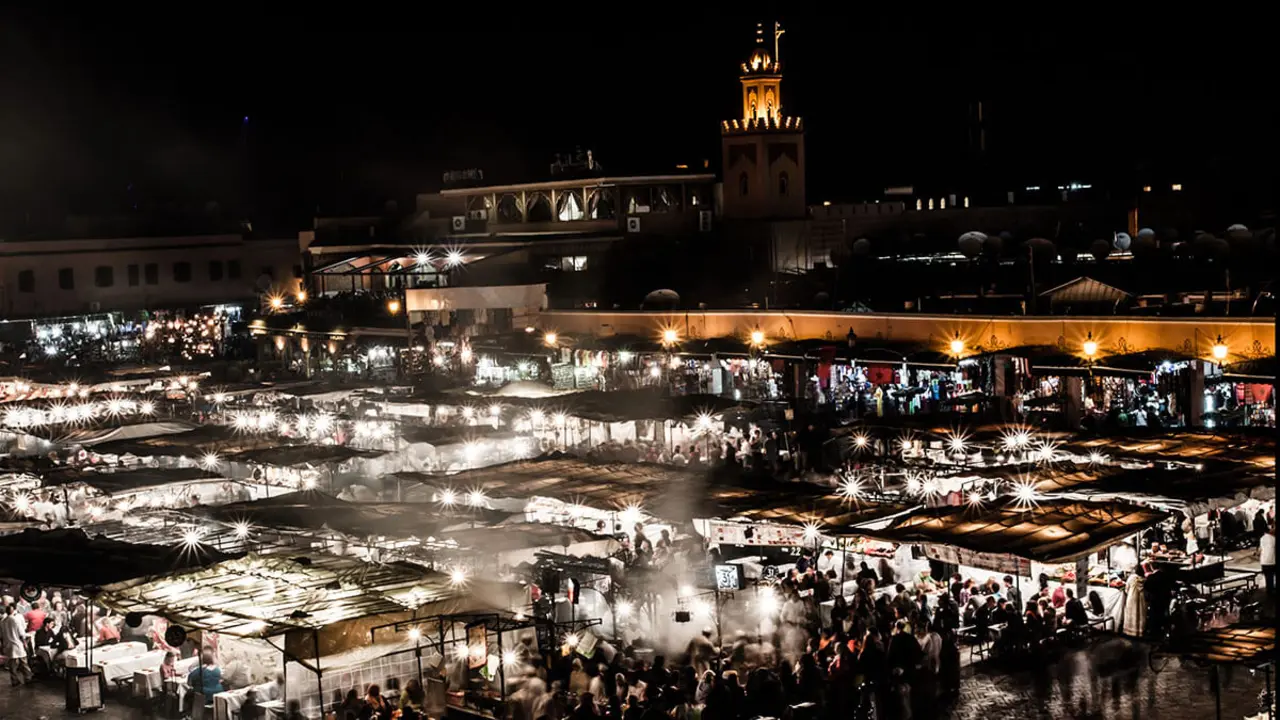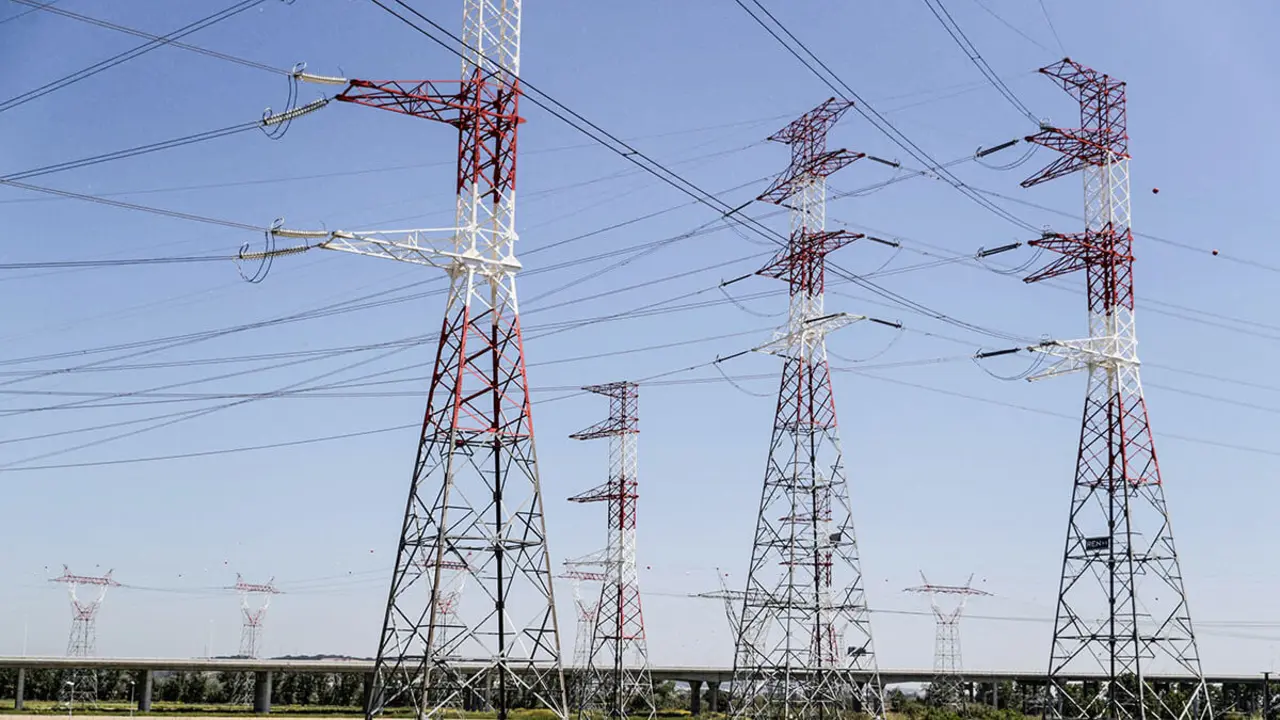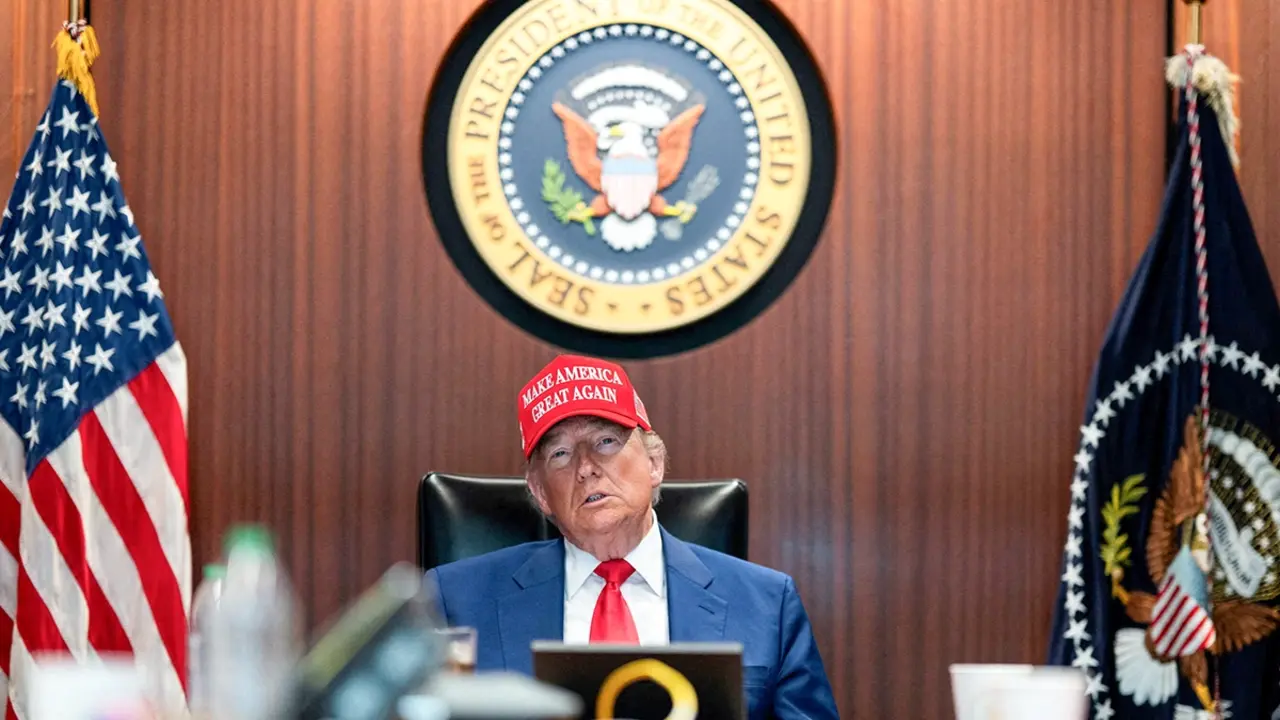Bank al-Maghrib ready to make exchange rate more flexible
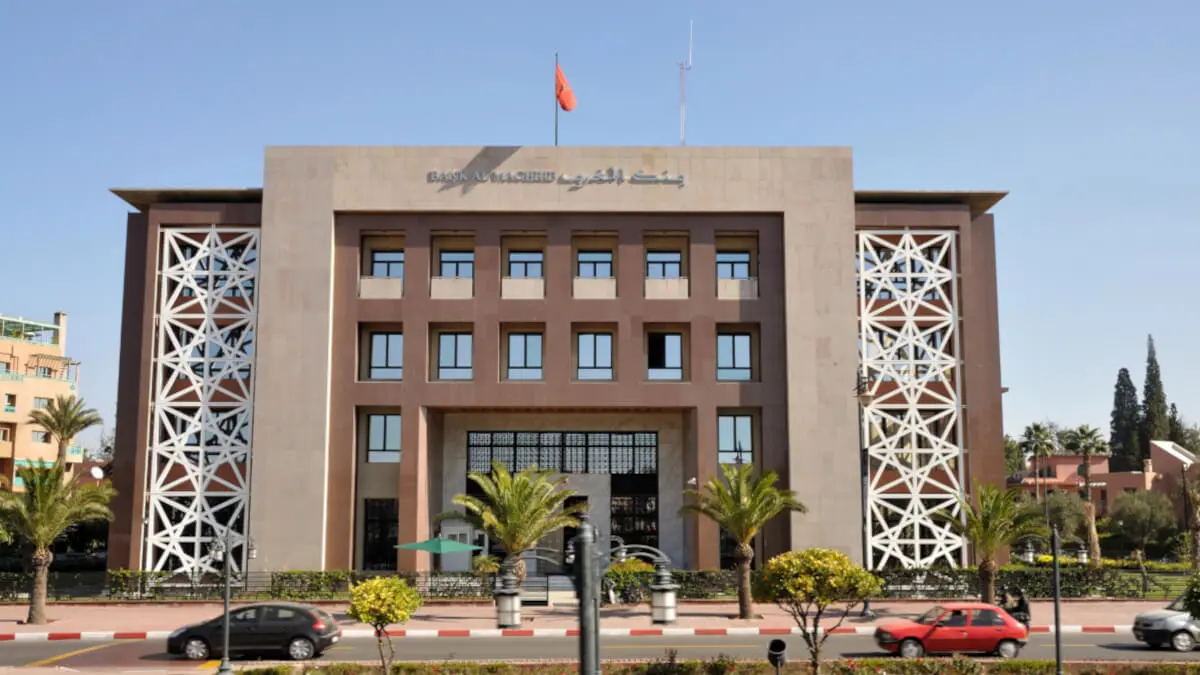
Nadia Fettah Alaoui, Morocco's Minister of Economy, explained in an interview with SkyNewsArabia that Morocco was able to introduce a flexible exchange rate of 5% despite recent fluctuations in the global economy. "Despite the pressure, we have maintained the 5% level without intervention from the central bank," she explained.

The Moroccan minister said the country is now focused on recovering from successive shocks and maintaining macroeconomic balance before moving to the next phase of flexible exchange rates. She also confirmed that the Central Bank (Bank al-Maghrib) indicates that a level has been reached where the economy can move to the next level of fiscal reform.
Morocco initiated a voluntary and gradual transition from a fixed exchange rate system to a flexible exchange rate system in January 2018. Following this decision, the volatility of the dirham increased from ±0.3% to ±2.5% before reaching 5% in 2020.
A fixed exchange rate meant that the Central Bank of Morocco could control the exchange rate of the dirham against other currencies and monitor macroeconomic stability. The country's adoption of a flexible exchange rate is consistent with the country's strategy of economic liberalisation and openness.

However, having a flexible exchange rate means that the currency is heavily influenced by fluctuations in supply and demand. The minister's optimistic comments contradict recent remarks by the governor of the Central Bank of Morocco, Abdellatif Jouahri.
After the BAM's quarterly board meeting in March, Jouahri told reporters that Morocco was "not prepared to accept a secondary floating exchange rate system". The BAM president stressed that "Morocco will not enter the second phase of the floating exchange rate reform, despite the request of the International Monetary Fund (IMF)".
He said Morocco must ensure medium-term financial stability before moving to the next phase of reform. This means that central banks will need to improve their ability to manage both foreign exchange reserves and inflation targets before proceeding with reforms.

In addition, the BAM will develop several supervisory guidelines for banks in an effort to integrate risks into supervisory practices and bring them up to international standards. "I will propose a new phase of the floating exchange rate system only when I am sure that Morocco's economic structure is ready," he promised.

